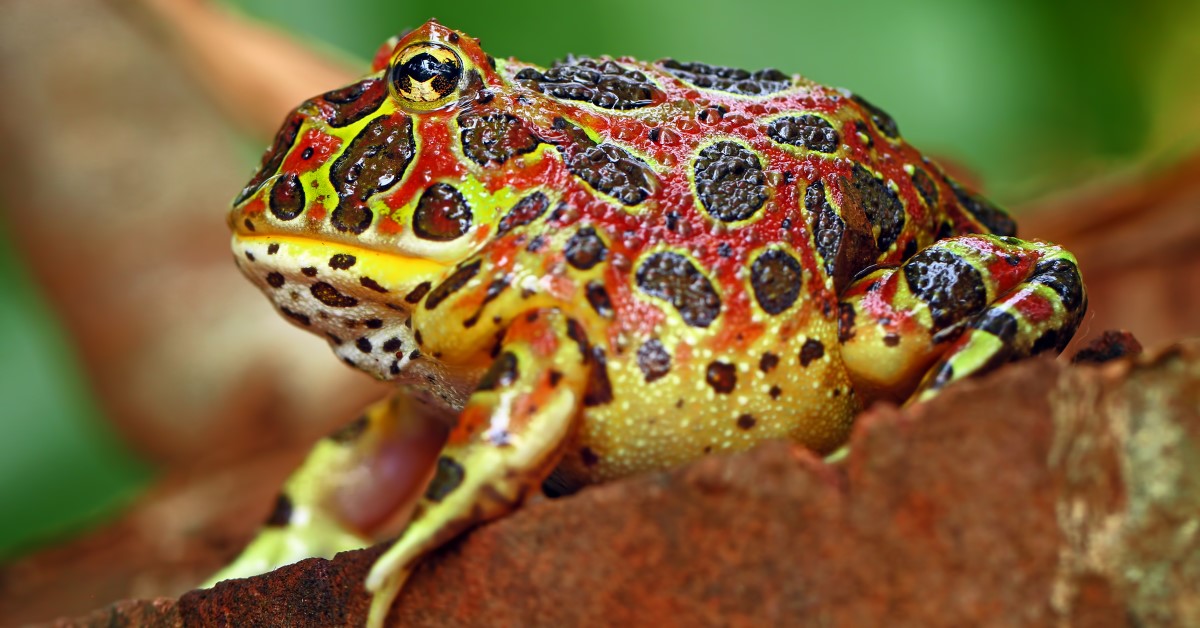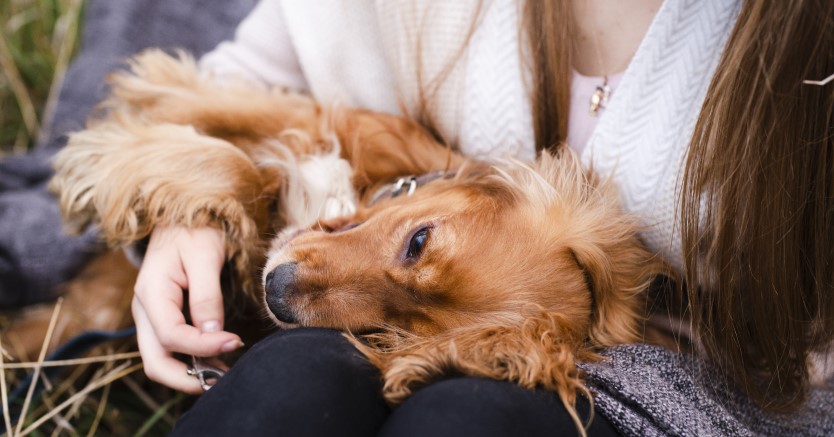Geckos Are Great Fun!
These friendly creatures tend to be docile and easy to tame, as well as being easy to care for.

Geckos are one of the most popular reptiles to be kept as pets – especially for beginners – and with good reason. They tend to be docile and easy to tame as well as being relatively easy to care for. In particular, the leopard gecko is the number one choice when it comes to choosing a reptile pet. However, other species are also increasing in popularity, such as the crested gecko and house gecko.
What is a Gecko?
Indigenous to warm climates throughout the world, geckos are small lizards that are unique in being able to make chirping sounds for communication with other geckos. They are also unusual in having no eyelids – instead periodically licking the transparent membrane over their eyes clean with their tongue – and in having toes which have an amazing ability to adhere to many surfaces, without need for any surface tension or sticky liquids. An exception is the leopard gecko which does have eyelids and also does not have toe pads, so it cannot climb particularly well.
In many parts of the world, particularly in tropical regions, geckos are common “house guests”, living on walls and ceilings in the house and helping to control insect pests. Geckos come in a dazzling array of colors and patterns, which accounts in part for their popularity as pets. Some species can even change color to blend with their surroundings or in response to temperature changes.
Where Should I Keep My Gecko?
Geckos can be kept together but avoid putting more than one male in a tank as they will fight to the death. You should only keep males and females together if you’re prepared to cope with numerous offspring! For 2-3 geckos, a 15-20 gallon tank is usually sufficient although larger is better. Make sure you provide hiding places and climbing obstacles with things like logs, as well as commercial reptile caves and other features. You can also just use cardboard boxes. Make sure one of the hiding places is a damp area, which will help with shedding. This can be easily achieved with just a plastic container filled with moist soil or moss with a hole in the lid for access.
Paper or indoor carpet make good substrates. Avoid things like sand and wood shavings for young geckos as they may be ingested and cause intestinal blockages but adult geckos do well on sand substrate. One thing you will not have to worry about with leopard geckos is providing UV lighting as they are nocturnal. However, they do still need to have a basking spot under an incandescent bulb – but make sure it is dimmed by using a red bulb or even a ceramic heating element to provide the warmth. Similarly, under tank heaters can be used. The temperature should range from the low 80s F (around 27 C) in the day time to mid 70s F (around 25 C) at night, with a basking spot of around 90 F (32 C).
What Should I Feed My Gecko?
Leopard geckos generally feed on insects in the wild so it’s a good idea to provide a diet of crickets, mealworms, wax worms and even pinkie mice once in a while will be appreciated. Make sure the insects are “gut-loaded” (this simply means feeding them nutritious foods, so the nutrition is passed on to your pet) at least 24 hours before feeding and dust them with a calcium or Vitamin D supplement, especially for young lizards. Most juveniles need to be fed daily but adults can be fed every other day.
Geckos make great pets, especially for the beginner reptile enthusiast and even for the advanced keeper, the variety of types will keep things interesting and enjoyable.
Ready to start saving money on pet wellness care?
Then take a look at Mint Wellness, the pet wellness plan that provides fast reimbursement on routine pet care. Save on vaccinations, wellness exams, preventatives, dental, and more!
Learn More


